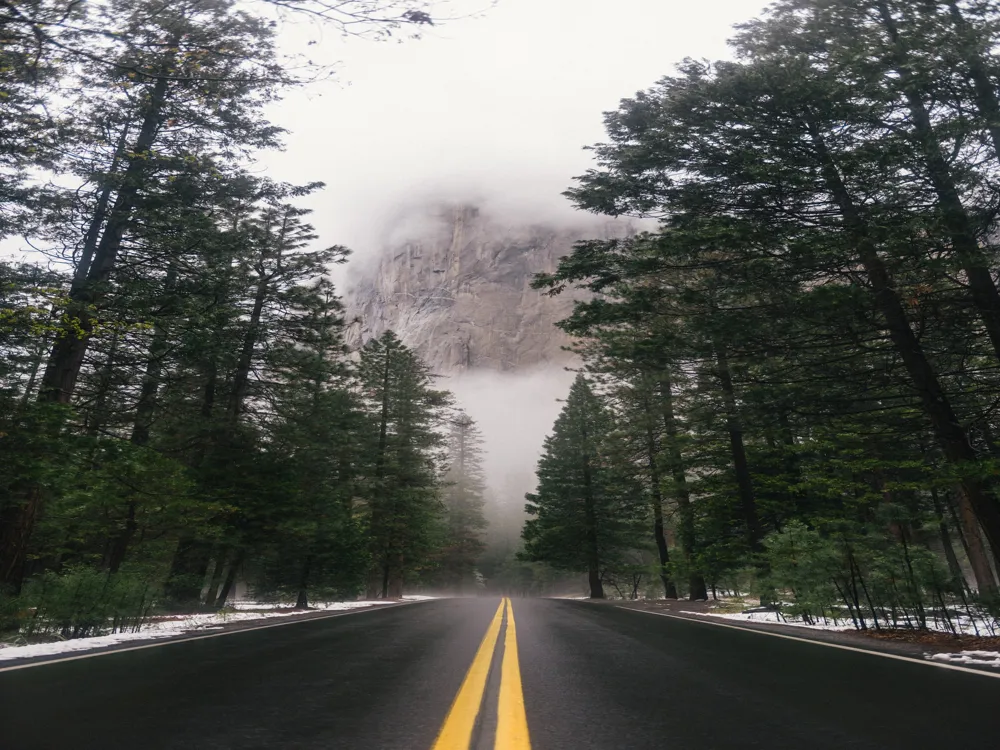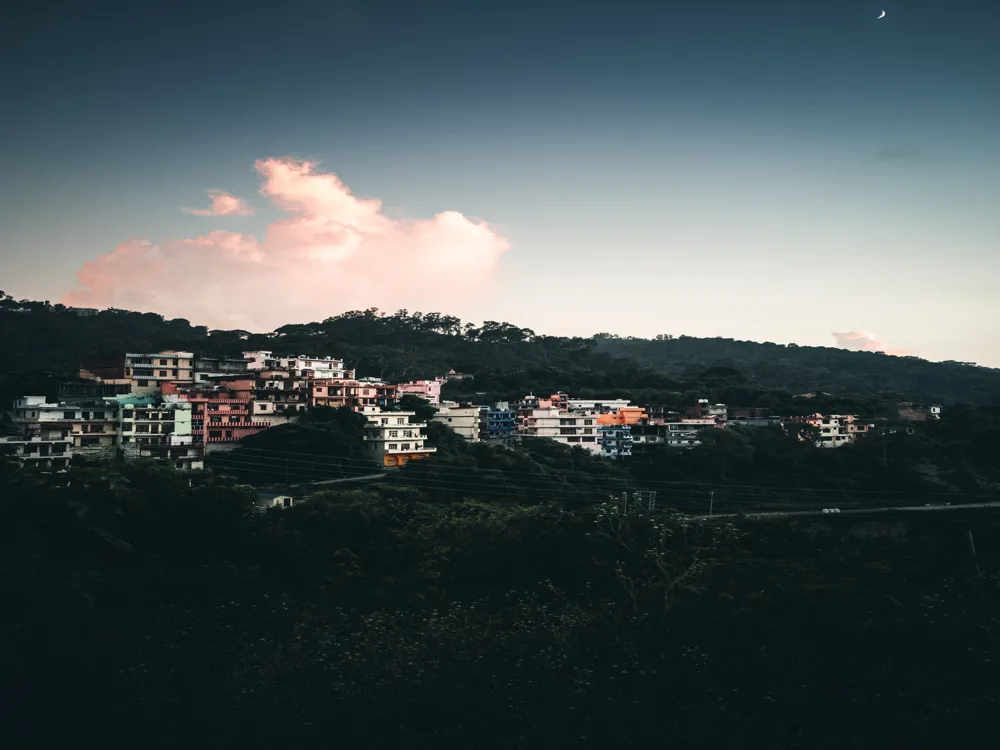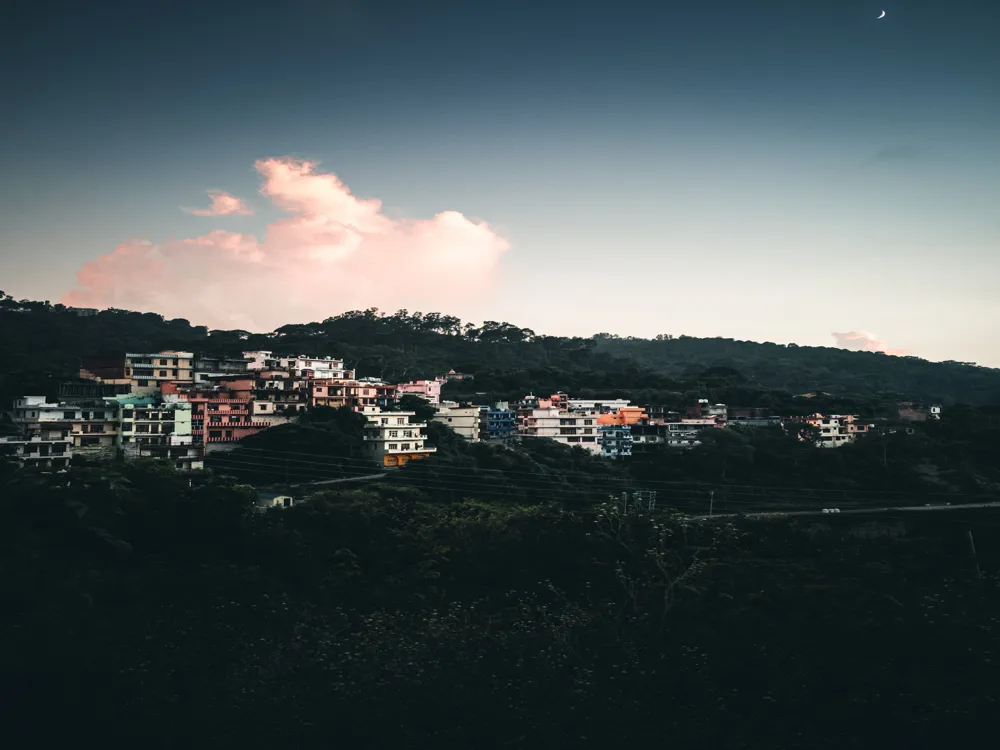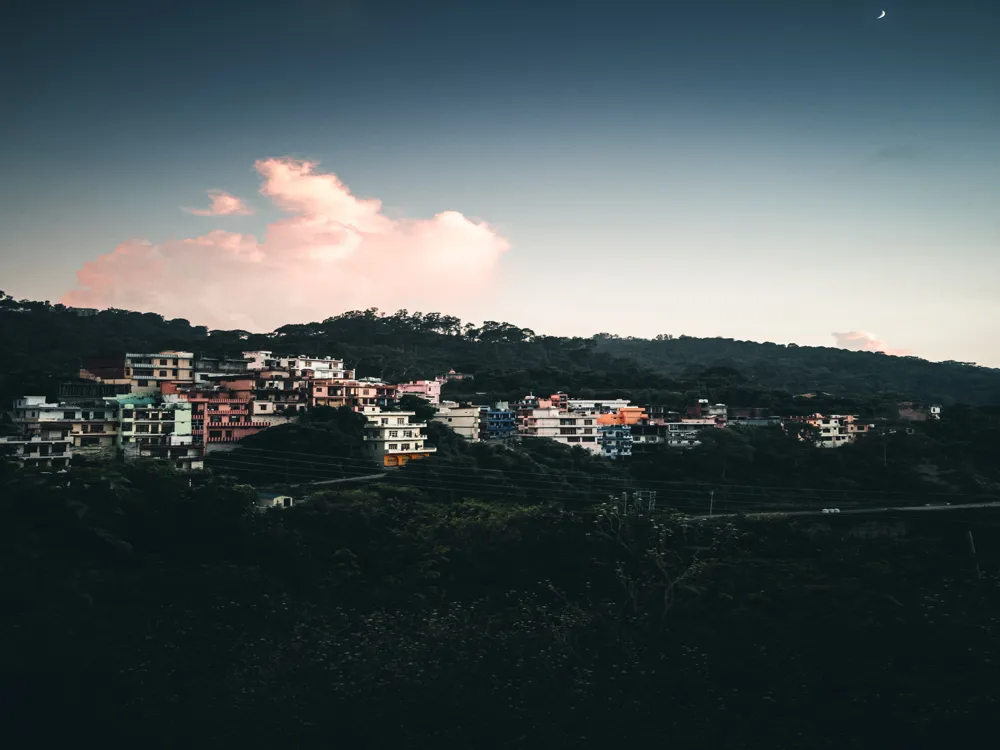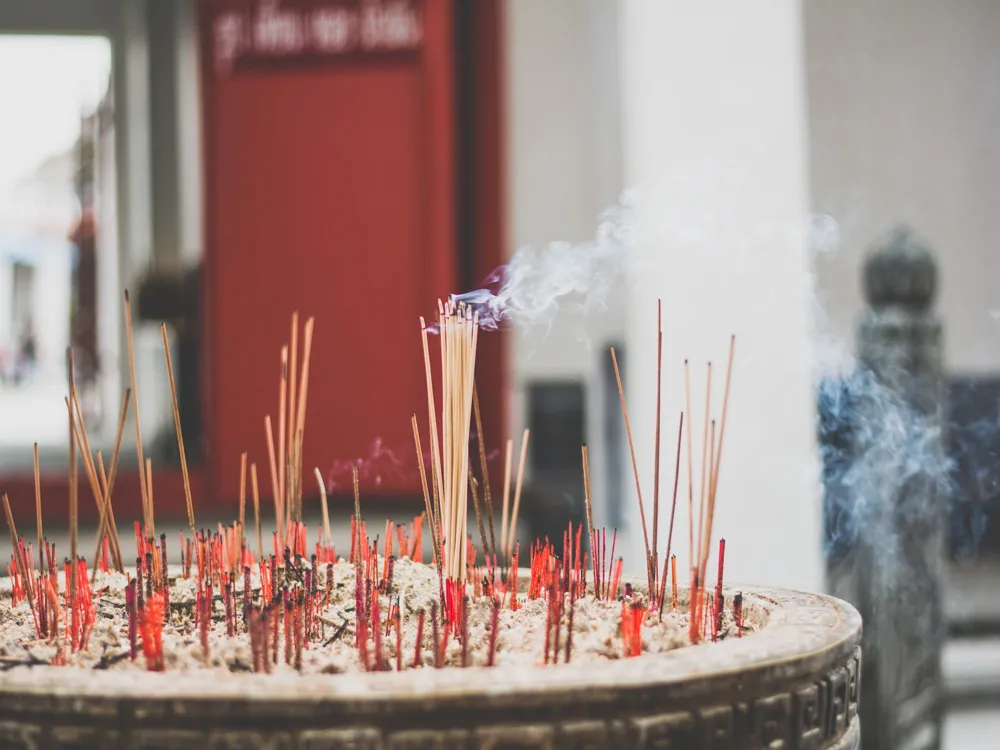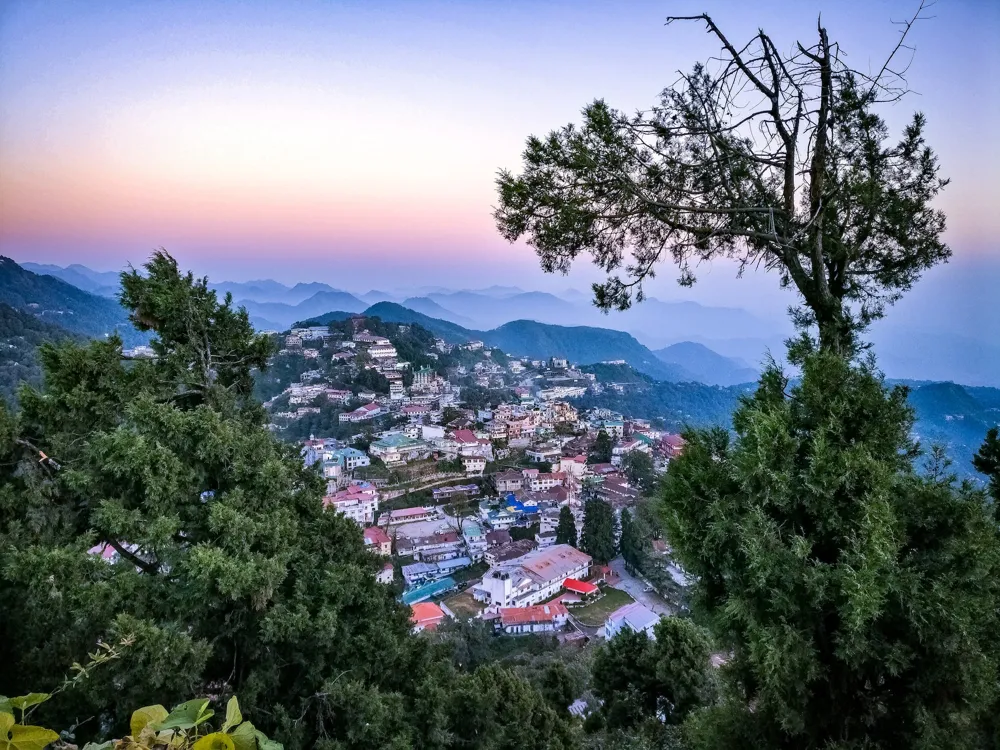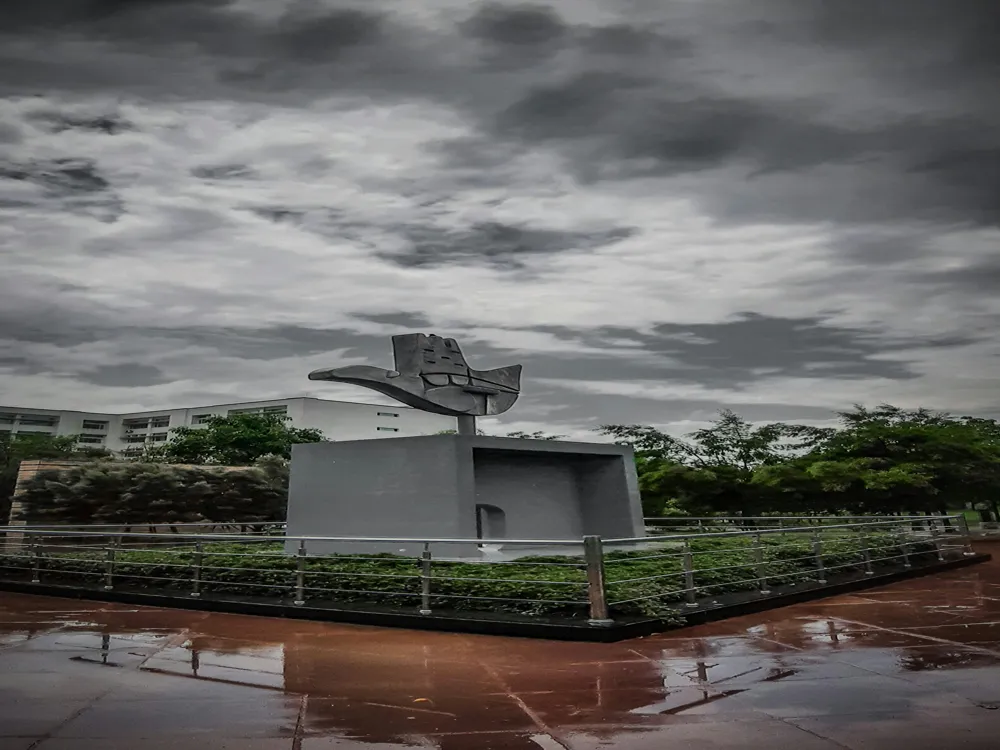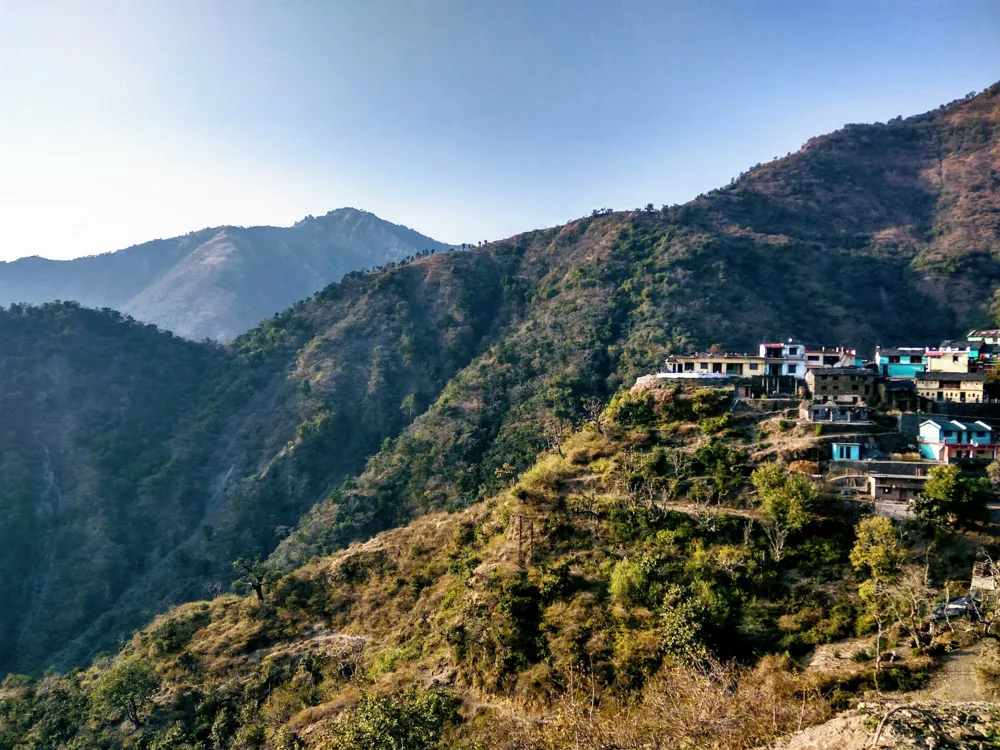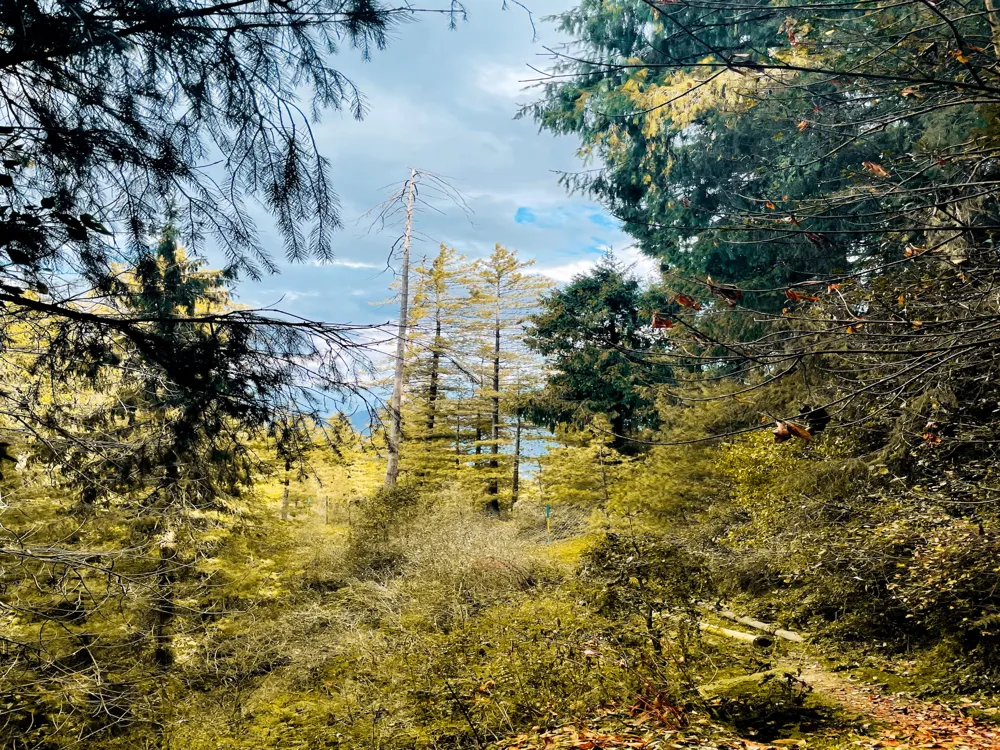Kangojodi, an exquisite gem nestled in the serene landscapes of Nahan in Himachal Pradesh, is a paradise for nature enthusiasts and culture aficionados alike. This enchanting locale, located approximately 275 kilometers from Delhi, is not just a tourist spot but a canvas of natural beauty and cultural richness. The area is a blend of lush green forests, meandering streams, and a backdrop of majestic hills, making it an ideal retreat from the bustling city life. The history of Kangojodi is deeply intertwined with the heritage of Nahan, the nearby princely town. Nahan has been a silent witness to the various dynasties and cultures that have flourished in this region. The town’s architecture, traditions, and customs are a reflection of its rich past, which seamlessly blends with the contemporary lifestyle of its inhabitants. Kangojodi, being part of this historical tapestry, offers a unique glimpse into the amalgamation of nature and culture. One of the main attractions in Kangojodi is its natural landscape, which is characterized by dense pine forests. These forests are home to an array of flora and fauna, providing a sanctuary for wildlife and a playground for nature lovers. The area is also famous for its trekking trails, which offer breathtaking views of the valley and the surrounding hills. The serene environment, coupled with the melodious sounds of birds and the rustling of leaves, creates a tranquil and rejuvenating experience for visitors. In addition to its natural beauty, Kangojodi is also known for its cultural significance. The local population, mainly comprising of people from the Himachali and Pahari communities, is known for their warm hospitality and rich traditions. Their lifestyle, which is a harmonious blend of old-world charm and modern simplicity, is evident in their cuisine, clothing, and festivals. Visitors to Kangojodi can experience this cultural richness firsthand, whether through interactions with the locals, participation in traditional festivals, or sampling the local cuisine. Kangojodi’s unspoiled natural beauty, combined with its cultural heritage, makes it an ideal destination for those seeking a blend of adventure, relaxation, and cultural immersion. The unique experiences that Kangojodi offers make it more than just a travel destination; it’s a journey into the heart of nature and culture. The architecture in Kangojodi is a vivid reflection of the region’s history, culture, and geographical setting. It is a harmonious blend of traditional Himachali style and influences from various dynasties that have ruled the region. The architectural style in Kangojodi, much like the rest of Nahan, is characterized by its functionality, aesthetic appeal, and adaptation to the mountainous terrain. Traditional Himachali architecture, which is prominently seen in Kangojodi, is well-suited to the hilly terrain and the climatic conditions of the region. The buildings are typically constructed using locally available materials like wood, stone, and slate. The use of wood, especially cedar and pine, is predominant in the construction of houses and temples. This not only adds to the aesthetic appeal but also provides insulation during the cold winters. The houses in Kangojodi are usually two or three stories high, with the ground floor being used for livestock and storage, and the upper floors for living quarters. The roofs are steeply pitched, a typical feature in mountainous regions, to prevent the accumulation of snow. These roofs are often made of slate, which is abundant in the region. The walls of the buildings are usually made of stone and mud, which provide strength and insulation. The interiors of the houses are often adorned with intricate wood carvings and paintings, reflecting the artistic skills of the local craftsmen. Another distinctive feature of the architecture in Kangojodi is the use of courtyards and verandas. These spaces serve as areas for social interaction and are central to the lifestyle of the people. The courtyards are often used for communal activities, such as festivals and gatherings, while verandas provide a space for relaxation and enjoying the scenic beauty of the surroundings. The temples in Kangojodi are also noteworthy for their architectural beauty. These temples, often dedicated to local deities, exhibit a mix of Hindu and Buddhist architectural elements. They are usually located at vantage points and are adorned with intricate carvings, vibrant paintings, and sculptures that depict mythological scenes and local legends. In summary, the architecture of Kangojodi is not just about buildings and structures; it is a living testimony to the region’s history, culture, and adaptation to the natural environment. The architectural style is a unique blend of aesthetics, functionality, and cultural expression, making Kangojodi a fascinating destination for those interested in architecture and history. The best time to visit Kangojodi is from September to June, when the weather is pleasant and conducive for outdoor activities. The monsoon months of July and August should be avoided due to heavy rainfall and the possibility of landslides. When packing for Kangojodi, it is essential to include warm clothing, comfortable hiking shoes, a raincoat or umbrella, and basic medical supplies. It is also advisable to carry sunscreen, sunglasses, and hats to protect against the sun. Visitors should respect the local customs and traditions. It’s advisable to dress modestly and seek permission before taking photographs of locals or religious sites. Participating in local festivals and events can be a great way to experience the culture. Kangojodi offers a range of accommodation options from budget stays to luxury resorts. Trying local cuisine is a must, with dishes made from fresh, locally sourced ingredients offering a unique taste of Himachali flavors. Travelers should be aware of altitude sickness and take necessary precautions. Staying hydrated and acclimatizing properly are important. It is also advisable to have travel insurance that covers health emergencies and accidents. Kangojodi is accessible by various modes of transportation. The nearest airport is in Chandigarh, about 95 kilometers away. From there, one can hire a taxi or take a bus to Nahan. Regular bus services from Delhi, Chandigarh, and other major cities in North India also connect to Nahan. Once in Nahan, local taxis or buses can be used to reach Kangojodi, which is about 30 kilometers away. For those preferring to drive, Kangojodi is well-connected by road and offers a scenic drive through the mountains. The route from Delhi via NH 44 and NH 7 is the most popular. However, it is advisable to check road conditions and weather forecasts before embarking on a road trip to Kangojodi. Read More:Overview of Kangojodi, Nahan, Himachal Pradesh
Architecture of Kangojodi, Nahan, Himachal Pradesh
Tips When Visiting Kangojodi
Best Time to Visit
Packing Essentials
Local Etiquette and Customs
Accommodation and Food
Health and Safety
How to Reach Kangojodi
Kangojodi
Nahan
Himachal Pradesh
NaN onwards
View nahan Packages
Weather :
Tags : Camping
Timings : 24 hrs
Time Required : 1 - 2 days
Entry Fee : No Entry Fee
Planning a Trip? Ask Your Question
Nahan Travel Packages
View All Packages For Nahan
Top Hotel Collections for Nahan

Private Pool

Luxury Hotels

5-Star Hotels

Pet Friendly
Top Hotels Near Nahan
Other Top Ranking Places In Nahan
View All Places To Visit In nahan
View nahan Packages
Weather :
Tags : Camping
Timings : 24 hrs
Time Required : 1 - 2 days
Entry Fee : No Entry Fee
Planning a Trip? Ask Your Question
Nahan Travel Packages
View All Packages For Nahan
Top Hotel Collections for Nahan

Private Pool

Luxury Hotels

5-Star Hotels

Pet Friendly







